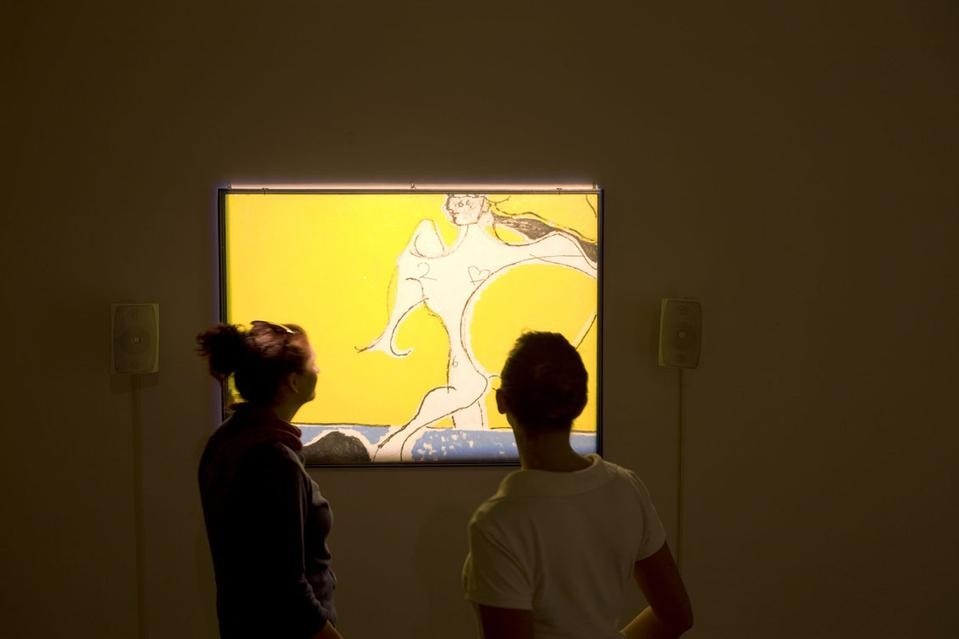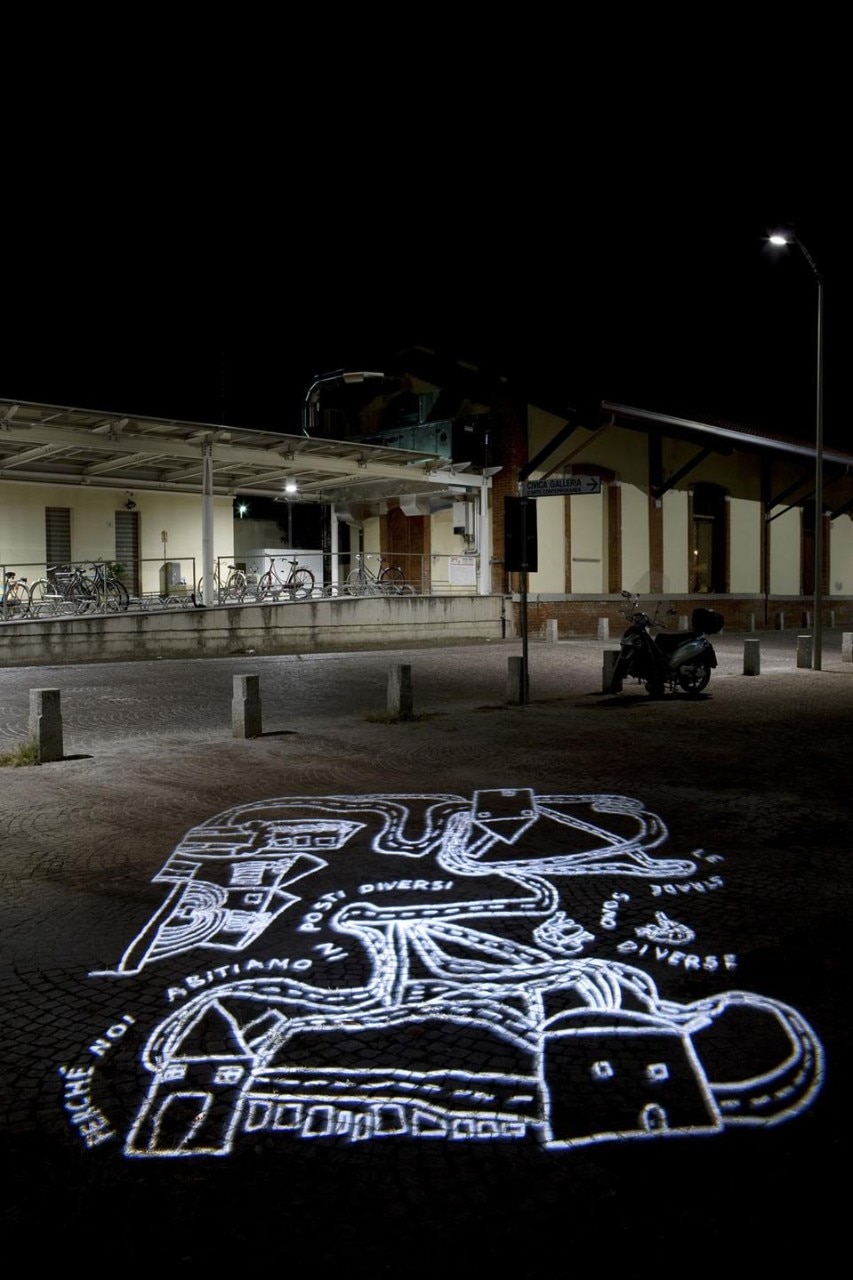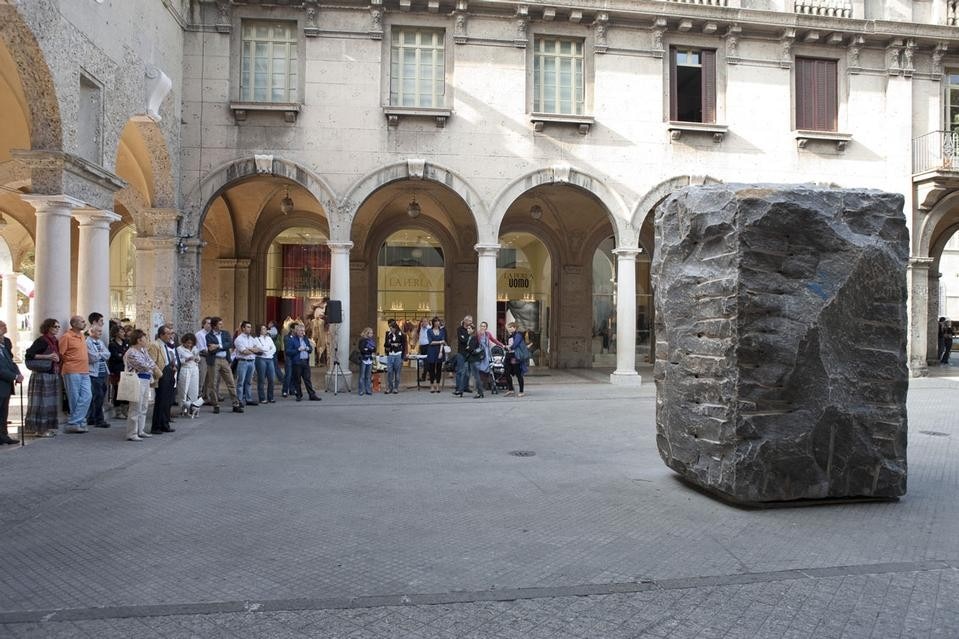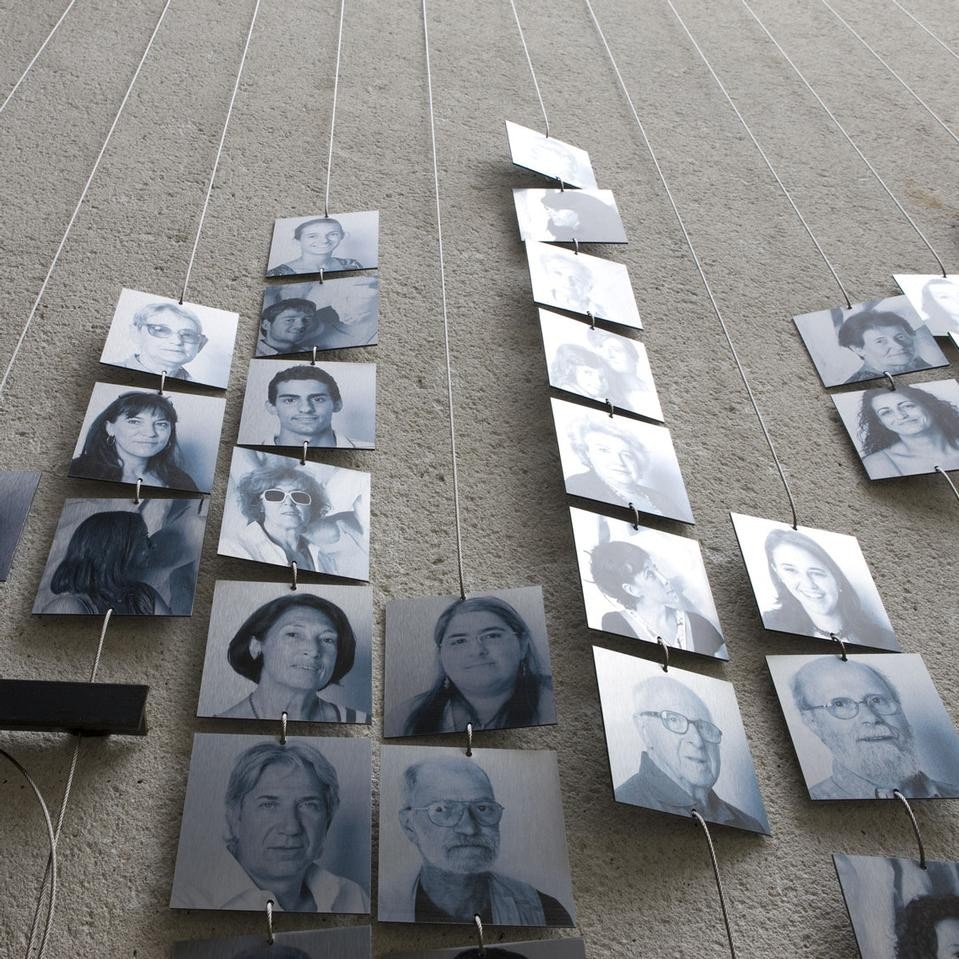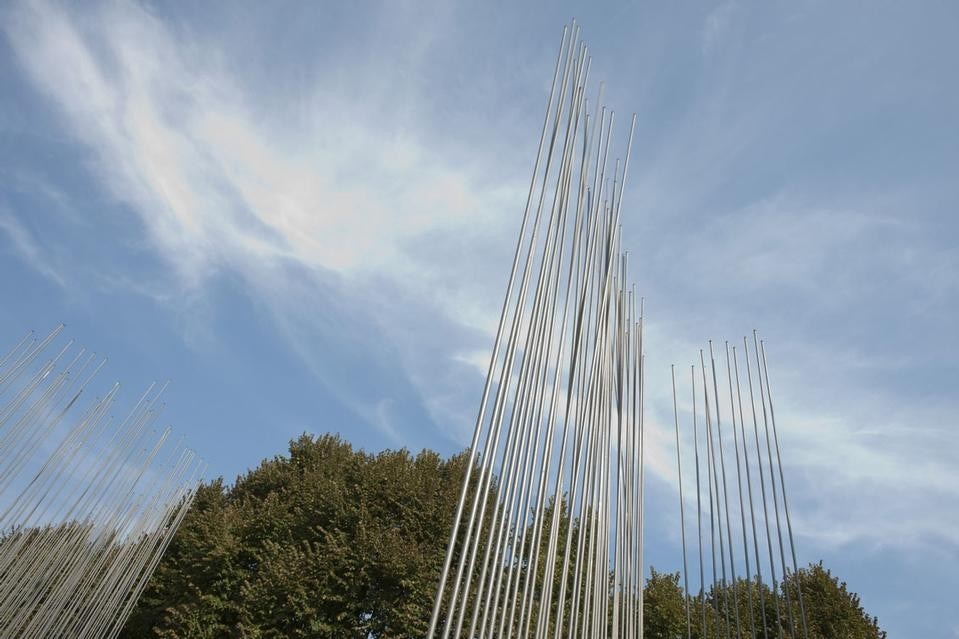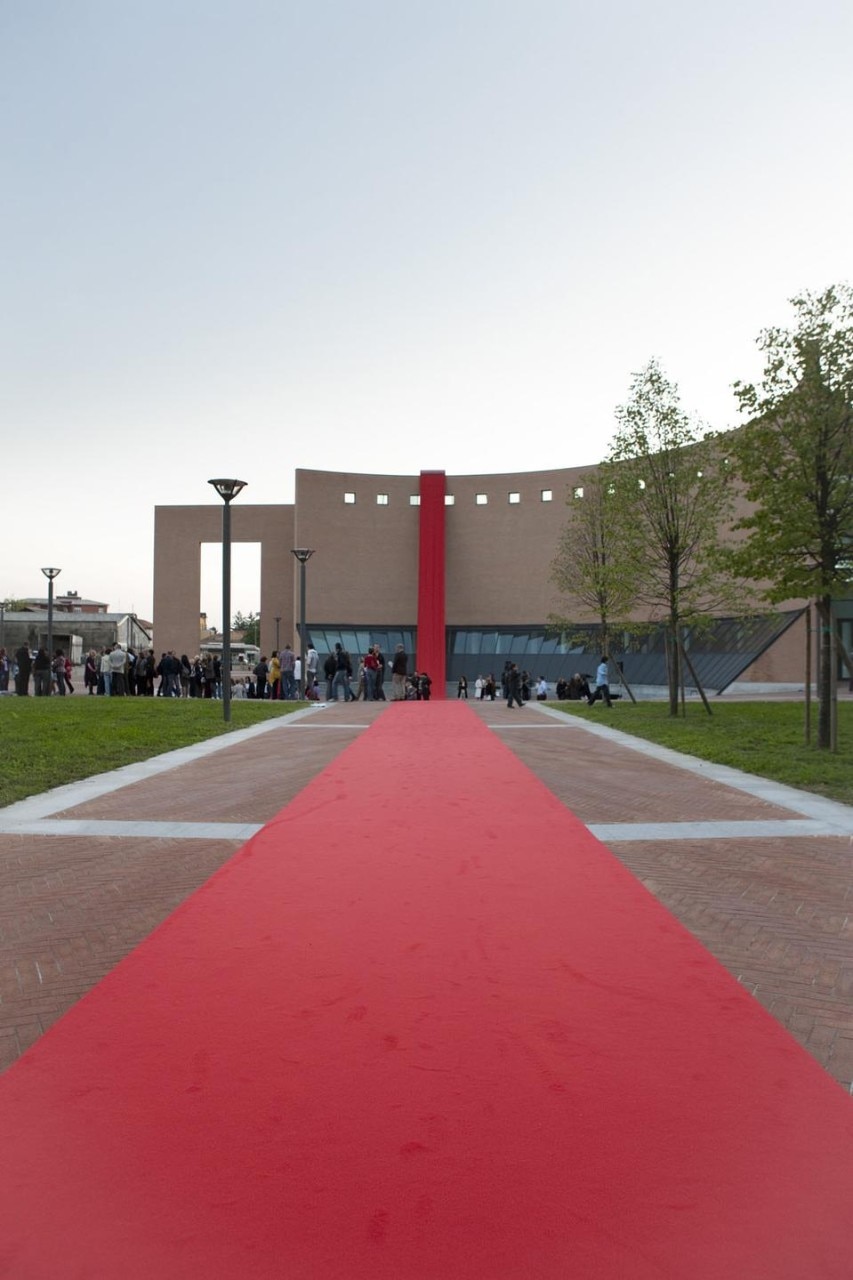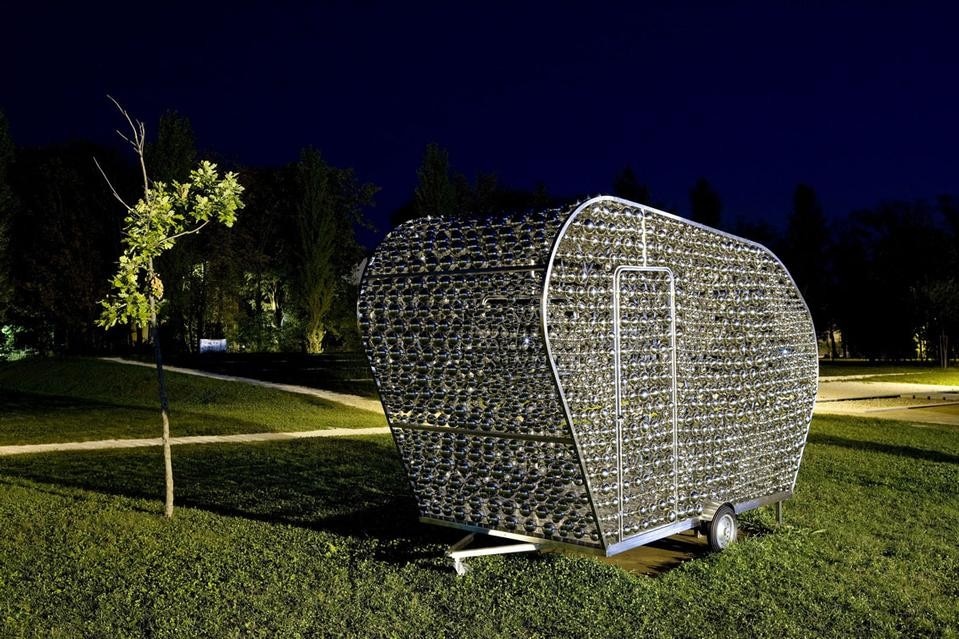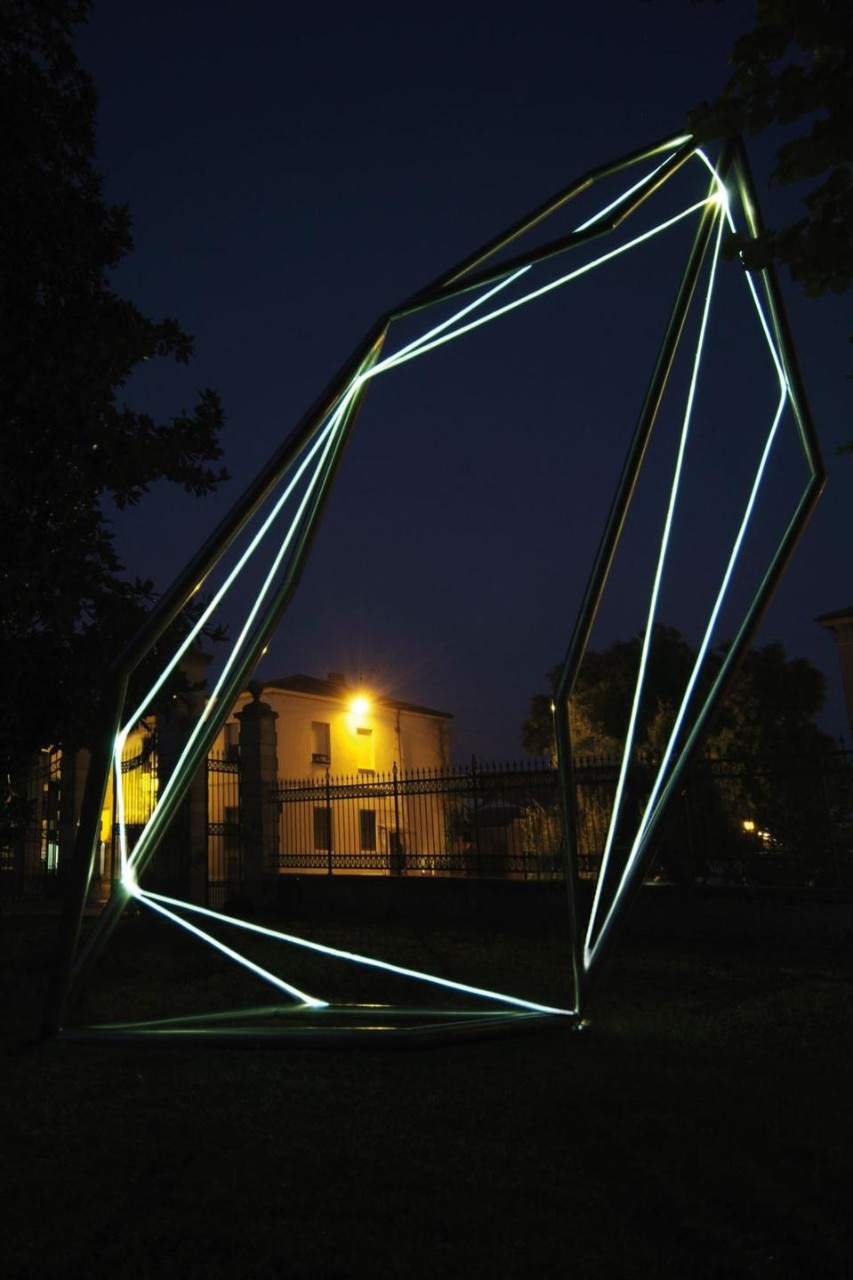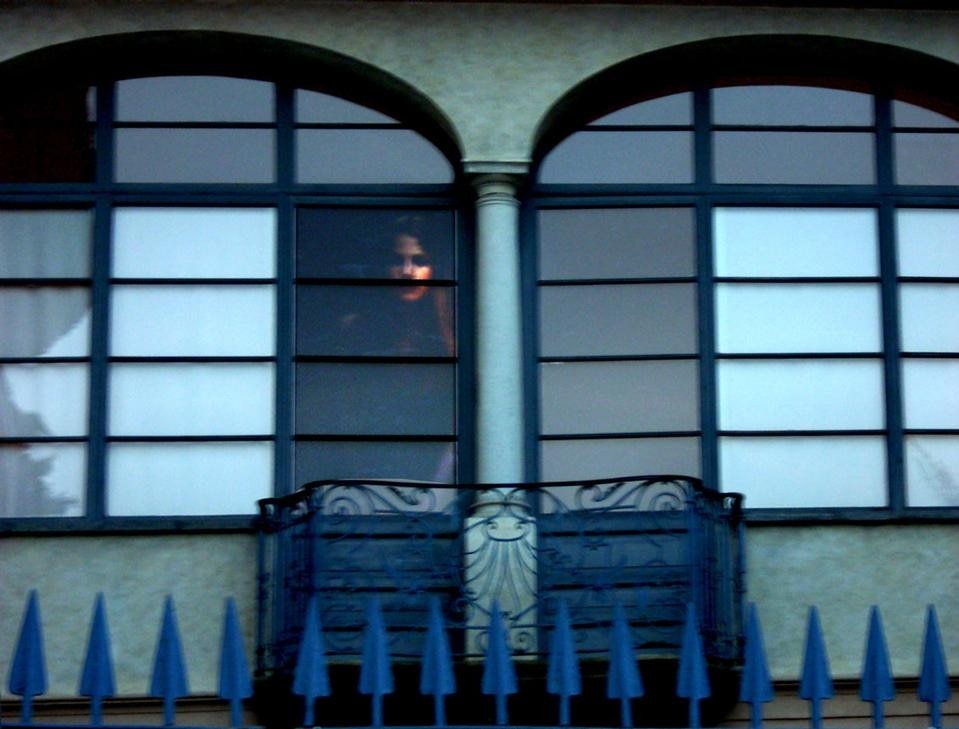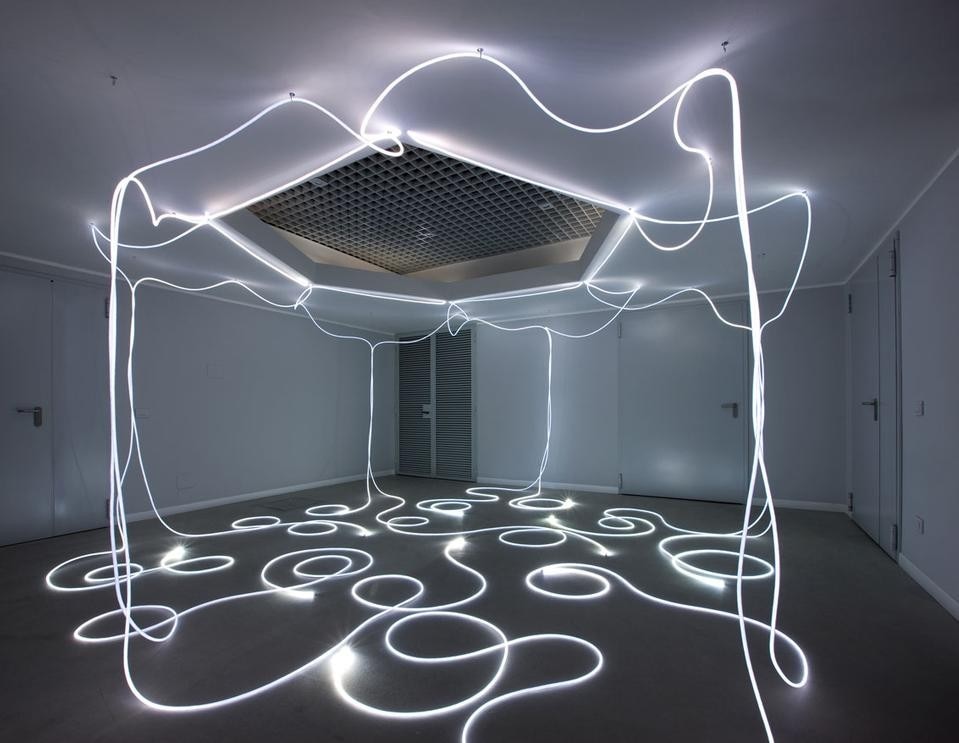Emma Zanella, director of GAM at Gallarate
Can you tell us about the early stages of this initiative?
We spent the first few months - we’re talking about early 2007 - trying to understand the nature of our realities and what we had in common. Some museums were also undergoing transformations - we still have to inaugurate our new premises and the Museo del Novecento has yet to open - so we thought about creating something that would be superimposed, an added value to the conservation aspect of museums and not a problem. We asked the Regione to be able to act freely, calling upon artists that we felt were valid. The Regione made only one condition which was to run a compeition; this led to the creation of an advisory board who made a preselection: 60 were shortlisted, then 20 finalists chosen and in the end 11 artists selected. Of course we all agreed straight away to the idea of using it as an opportunity to commission a work and then purchase it.
It seems that in many cases a collective, audience-participated work was opted for...
There was an explicit request to relate the piece to the museum itself. Over the course of many discussions it emerged that these museums are mostly known just to a specialist public. Some have more of a relationship with the city, others less, but all suffer this isolation in terms of reaching a wider audience. So it was really a case of opening up to the outside world.
So this network allowed you to commission and purchase works of art?
The Regione Lombardia helped us museums to extend our collections: each work will in fact become part of a permanent collection. Museums of contemporary art cannot just stop at the safeguarding and exploiting their patrimony, they have to create culture in real time. This is an incentive also for artists who finally have a chance to produce and sell their work through public institutions. Acquiring is the aim of a live museum.
How do you usually manage in terms of acquisitions?
The ‘acquisitions’ button isn’t easy because funds are directed towards events, exhibitions and activities that have a significant impact. As far as we’re concerned, I have to say that up until now we have had quite a smooth ride. Alongside the museum we have the Premio Arti Visivi for Gallarate that every two years sets the aim of acquiring work from mixed funding. We have just closed the exhibition “Terzo Paesaggio” with 35 acquisitions. As well as this I have to say that as a museum, in recent years I have managed to combine the organisation of the exhibitions with a special project. For the last few exhibitions ("Visibile Invisibile. Bianco-Valente", "Terzo Paesaggio", "Marcel.lì", "Le Trame di Penelope") I asked the artists not to donate - they have always done that - but to produce at cost of the museum a work to introduce into the collection.
Does being part of a network mean running the risk of losing ones’ specific nature and individuality?
We asked the artists to create site-specific and site-relatedworks, therefore conceived for a specific place. The ten artists were chosen for this not so much for their names but for their projects, on the relevance of the project to the museum, on the capacity to enter in synergy with the territory. So each project was made-to-measure for each museum institution. We asked each artist to move away from the general concept of Twister and to work with the director of the museum. Each intervention was followed individually by the museum team, both in the planning stages and the making stages.
What does the future hold for Twister? Are you thinking about a second edition?
We’ve talked about it. Our idea is to continue, to not drop the initiative. Soon there will be the catalogue and its presentation
Massimo Bartolini (Galleria d'Arte Moderna at Gallarate, Varese)
I think that abroad it is quite common for museums to produce and acquire works when there are exhibitions, while in Italy acquisition by museums is a complex business. The outcome therefore is absolutely positive. Emma Zanella and her collaborators are art guerillas, total enthusiasts. I think that this militancy - that recalls the glorious years of the past and brings about a fantastic energy - is owed also to the fact that they are a provincial museum. It's in the provinces that the really new things emerge, especially in Italy. The city gathers and develops, it is the place where you take the results. I worked on an existing railing at the new premises for the museum, reinterpreting (like a kind of reclamation) the architecture. I decided to isolate and integrate at the same time the surrounding landscape. I raised the railing to a height of six metres. Then there are these four-metre high sticks as well as the railing, that create a kind of veil and blur the building.
Marina Pugliese: Museo del Novecento, Milan
Although the museum is closed, we took part very willingly because we saw it as an opportunity to involve artists in creating a dialogue with our collection. One of the important aspects of the museum will be education in a broad sense. The idea therefore of offering various interpretations of the works was one of our plans. When the possibility of producing a work came up we decided to ask an artist for something that linked the collection to the public and Marzia Migliora did a great job. As the museum is closed it was clear that producing an object would have less meaning than creating a connection with respect to the whole patrimony. So what you see at Palazzo Reale (until 22 November) is a preview of the project. Marzia Migliora has created an installation placing four works (De Pisis and Fontana, Russolo and Licini) next to some loudspeakers, through which you can hear the voices of a series of people from fields close to art (poetry, literature) or completely extraneous (an Albanian refugee, an astronaut). The result is totally unexpected. In the museum the piece will be done with audio guides. Marzia is developing a device together with a designer in such a way that it is clear that it is an artwork and not just an audio guide. People will choose their own route. Our intention is to continue to display more recent Italian and Milanese art, in connection also with a museum that it is hoped will have an international outlook like the one for contemporary art. I think that collaborating, sharing and working as a network is very enriching and it has therefore certainly been a great experience, like AMACI, the Associazione di Musei d'Arte Contemporanea Italiana, is a great experience. Getting to know one another you share experiences and also problems, that are very similar. What is missing - in Italy in general and not just in Milan - is working on contemporary culture, starting with the schools.
Ottonella Mocellin and Nicola Pellegrini (Museo d'arte contemporanea di Lissone)
Ottonella: The fact of being invited through a competition was stimulating because getting through the selection process meant we could work a lot at the planning stage. The relationship with the city as well as with the museum was interesting because we organised workshops at the nursery school: eight sessions with children to get them to think about the city and the role of the museum. We tried to bring them into the museum and to gather their ideas and impressions. Once again we did a participated work.
Nicola: A project like this is very welcome, that in the end is a successful attempt to bring public institutions, also with the acquisition of works, closer to what is now an established trend, that of the site-specific and site-related.
Ottonella: The result of our work is tangible because the drawings and ideas that emerged in the workshops became the projections in the city at night, along the route that leads to the centre of the museum. They are notions outside the usual norms regarding the city: the voices of children act as guides inside the museum to reflect on what it means to be an insititution that promotes art.
Nicola: The museums felt the need to be freed from the territory and therefore the works had to be inserted inside the urban fabric. Working with children and therefore also with families was important. By projecting them, the drawings have become drawings in light. It is a group project.
Luigi Cavadini, director of the Museo d'arte contemporanea di Lissone
We signed up immediately because working as a network is productive for everyone: to produce and create relationships between the museums, between the proposals and the public. Meeting one another we discovered the specific nature of each and we decided that each had to work in a specialist way on their own collections. Drawing a wider audience is one of the aims, especially of the museums in the provinces. Contemporary art is still ahead with respect to the public. For this reason the work of Ottonella Mocellin and Nicola Pellegrini is important, to present the thoughts of children on the city and the museum. A friendship has been created between the directors and there will certainly be more joint initiatives and other exchanges.
